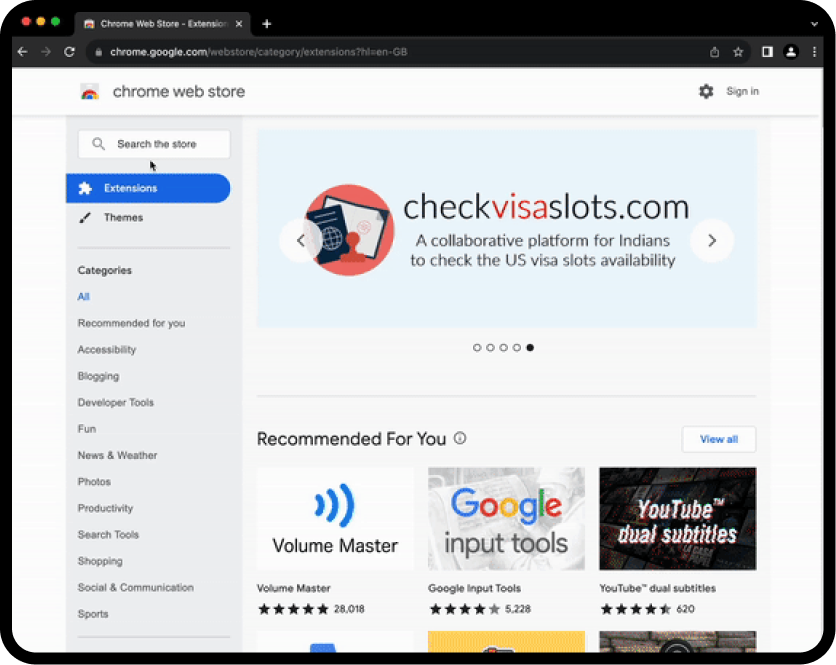QCOW2 to VMDK Converter
Converts QCOW2 disk images to VMDK for virtualization admins migrating workloads between KVM and VMware environments, with validation and safe export.

Check It Yourself
About This Tool
Designed for virtualization teams, the converter provides a deterministic, scriptable path from QCOW2 to VMDK without requiring intermediate manual steps. It accepts a QCOW2 image as input and produces a compatible VMDK file suitable for VMware-based deployments or testing in mixed-hypervisor environments. Users typically run migrations, test replays of VM workloads, or archive legacy QCOW2 disks by exporting a VMDK copy that preserves data integrity and disk geometry.
Conceptually, the tool validates inputs, identifies the source format, and delegates the heavy lifting to a proven conversion backend (such as qemu-img). The process emits a final VMDK with the requested allocation strategy (e.g., sparse or preallocated) and, when enabled, a checksum for post-conversion verification. It is designed for automation: it exposes a predictable output file, exit codes, and optional logging to fit into scripts, CI pipelines, or orchestration systems.
Typical use cases include cross-hypervisor migrations, disaster recovery drills, and validation of disk compatibility before deployment. The unique value lies in its focus on data integrity, clear failure handling, and the ability to run batch conversions while preserving source metadata. By separating input validation, conversion, and verification into discrete steps, it supports robust automation and auditable change control for IT operations.
How to Use
1. Provide inputs: input_path (QCOW2 file path), output_path (VMDK target path), overwrite (true/false), compression (true/false), sparse (true/false).
2. Validate prerequisites: ensure qemu-img is installed and accessible; verify input exists and has QCOW2 extension; check available disk space.
3. Run conversion: execute the conversion with -f qcow2 -O vmdk, including any optional flags.
4. Verify integrity: compute SHA-256 of the output and compare with a provided reference if available; confirm output size is as expected.
5. Review results: confirm output_path exists and is usable by the target hypervisor; capture logs for audit trails.

FAQs/Additional Resources
Find Quick Answers
What formats are supported?
How is data integrity ensured?
What happens on failure?
Can I run multiple conversions in a batch?
User Reviews
See What Others Are Saying
Explore Related Tools
More Solutions for Your Needs
Qwerty Converter
A lightweight tool for developers and writers to translate text between keyboard layouts, improving accuracy when typing across QWERTY, Dvorak, and Colemak.
AZERTY-QWERTY Converter
A practical keyboard layout converter that swaps text between AZERTY and QWERTY for developers, testers, and localization teams.
Your Feedback Matters
Help Us to Improve

 Norwegian
Norwegian
 Danish
Danish
 German
German
 English
English
 Spanish
Spanish
 French
French
 Italian
Italian
 Dutch
Dutch
 Portuguese
Portuguese
 Swedish
Swedish
 Hebrew
Hebrew
 Arabic
Arabic









